Chronic Microvascular Ischemic Disease Brain
Chronic microvascular ischemic disease brain. Conditions that affect these blood vessels. A fatty material called myelin. In addition the development of microvascular disease results in altered autoregulatory and microvascular functions and may increase the risk for stroke vascular dementia coronary heart disease and chronic kidney disease.
Brain ischemia is a condition in which there is insufficient blood flow to the brain to meet metabolic demand. You do not mention what specialists you have seen but you might consider seeing a neurologist who specializes in this type of brain disorder. This is a common problem in people who have lots of complex medical problems like you do such as diabetes and high blood pressure.
Microvascular ischemic disease is. Most commonly chronic microvascular ischemic changes are. Microvascular ischemic brain disease is a fancy medical term for saying that you have suffered multiple tiny strokes throughout your brain.
What they are is small areas in the brain where tiny blood vessels have ruptured or clotted off causing essentially extremely small areas of strokes. Its the narrowing of the blood vessel leading to reduced supply of blood to brain tissue. Some radiologists refer to this as age related white matter changes.
The development of microvascular disease in the brain is related to microscopic brain bleeds and silent cerebral strokes. Chronic microvascular ischemic changes in the brain are often picked up incidentally on a scan of the brain most typically an MRI. 1 a close temporal relation to the vascular disorder 2 a marked worsening of the preexisting headache 3 good evidence that the vascular disorder can aggravate the primary headache and 4 improvement of the headache after the acute phase of the vascular disorder.
It is a sub-type of stroke along with subarachnoid hemorrhage and intracerebral hemorrhage. Ischemic cerebral small-vessel disease accounts for a third of acute cerebral ischemic events and contributes to the development of cognitive decline and dementia. Microvascular disease of the brain is a condition that affects the communication between large arteries supplying blood to the brain and their smaller arterial branches according to the National Institutes of Health.
Factors that support adding the latter diagnosis are as follows. Cerebral small-vessel disease can be visualized on MRI studies as lacunar infarcts white matter lesions and cerebral microbleeds.
A fatty material called myelin.
Microvascular ischemic disease is. 1 a close temporal relation to the vascular disorder 2 a marked worsening of the preexisting headache 3 good evidence that the vascular disorder can aggravate the primary headache and 4 improvement of the headache after the acute phase of the vascular disorder. Brain ischemia is a condition in which there is insufficient blood flow to the brain to meet metabolic demand. It is a sub-type of stroke along with subarachnoid hemorrhage and intracerebral hemorrhage. What they are is small areas in the brain where tiny blood vessels have ruptured or clotted off causing essentially extremely small areas of strokes. Chronic microvascular ischemic changes in the brain are often picked up incidentally on a scan of the brain most typically an MRI. This leads to poor oxygen supply or cerebral hypoxia and thus leads to the death of brain tissue or cerebral infarction ischemic stroke. Microvascular disease of the brain is a condition that affects the communication between large arteries supplying blood to the brain and their smaller arterial branches according to the National Institutes of Health. Factors that support adding the latter diagnosis are as follows.
Such chronic damage can lead the small blood vessels in the brain to become blocked which starves brain cells of oxygen and which we technically call ischemia or to leak which causes bleeding which we call hemorrhage and can damage nearby brain cells. Microvascular disease of the brain is a condition that affects the communication between large arteries supplying blood to the brain and their smaller arterial branches according to the National Institutes of Health. Ischemic cerebral small-vessel disease accounts for a third of acute cerebral ischemic events and contributes to the development of cognitive decline and dementia. A fatty material called myelin. Conditions that affect these blood vessels. 1 a close temporal relation to the vascular disorder 2 a marked worsening of the preexisting headache 3 good evidence that the vascular disorder can aggravate the primary headache and 4 improvement of the headache after the acute phase of the vascular disorder. This tissue contains millions of nerve fibers or axons that connect other parts of the brain and spinal cord and signal your nerves to talk to one another.




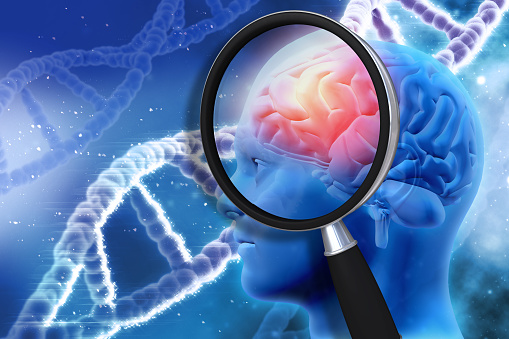




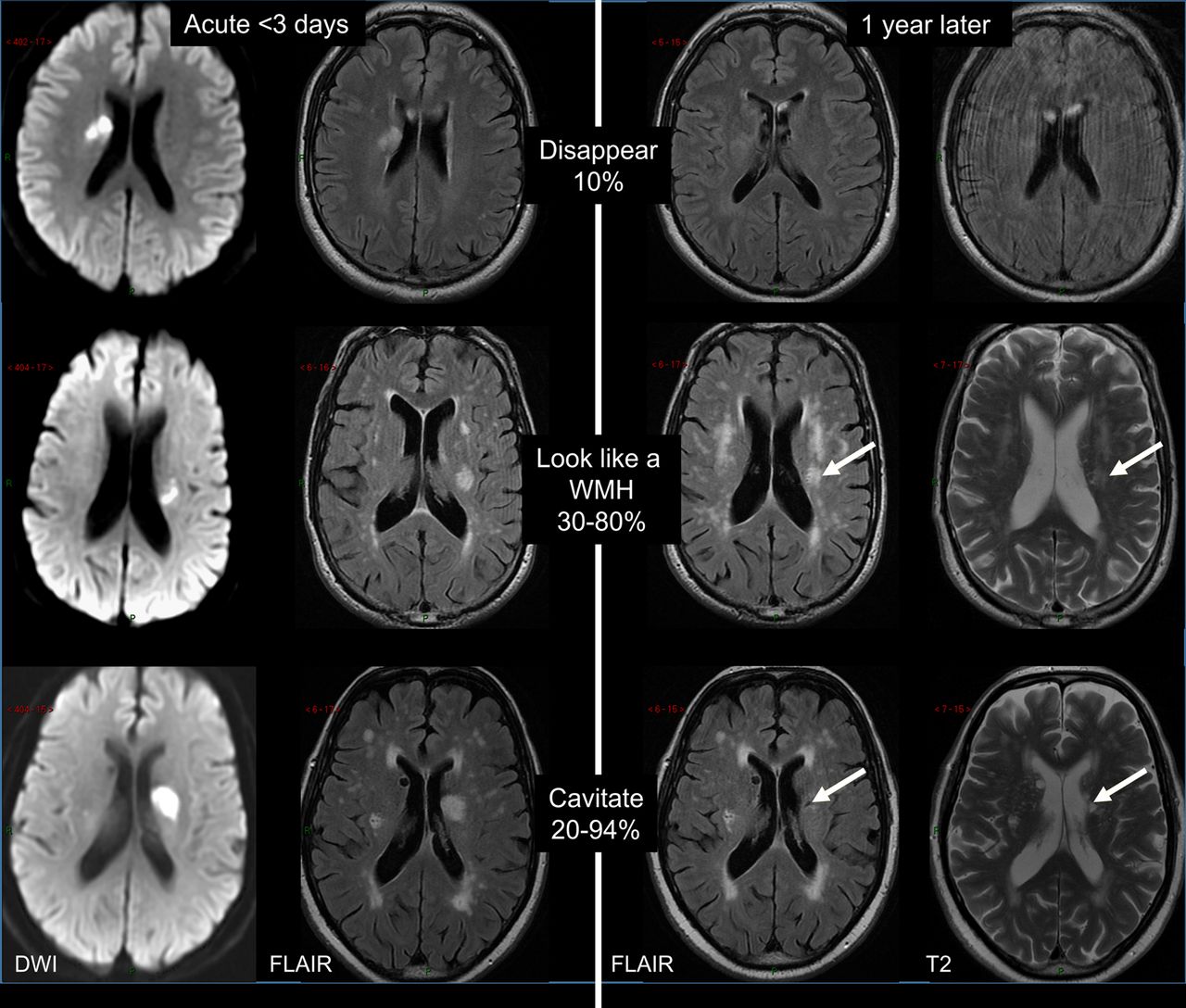





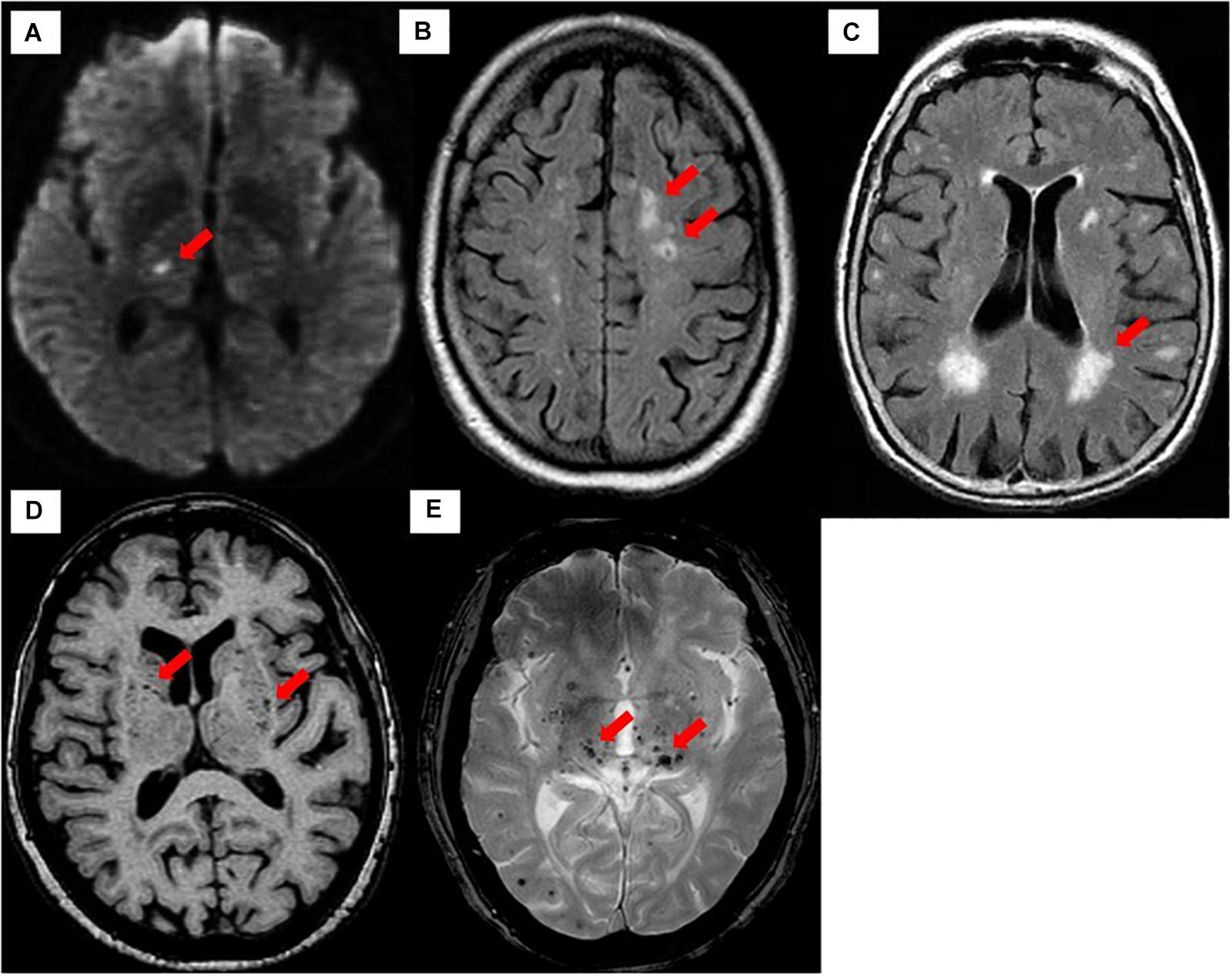


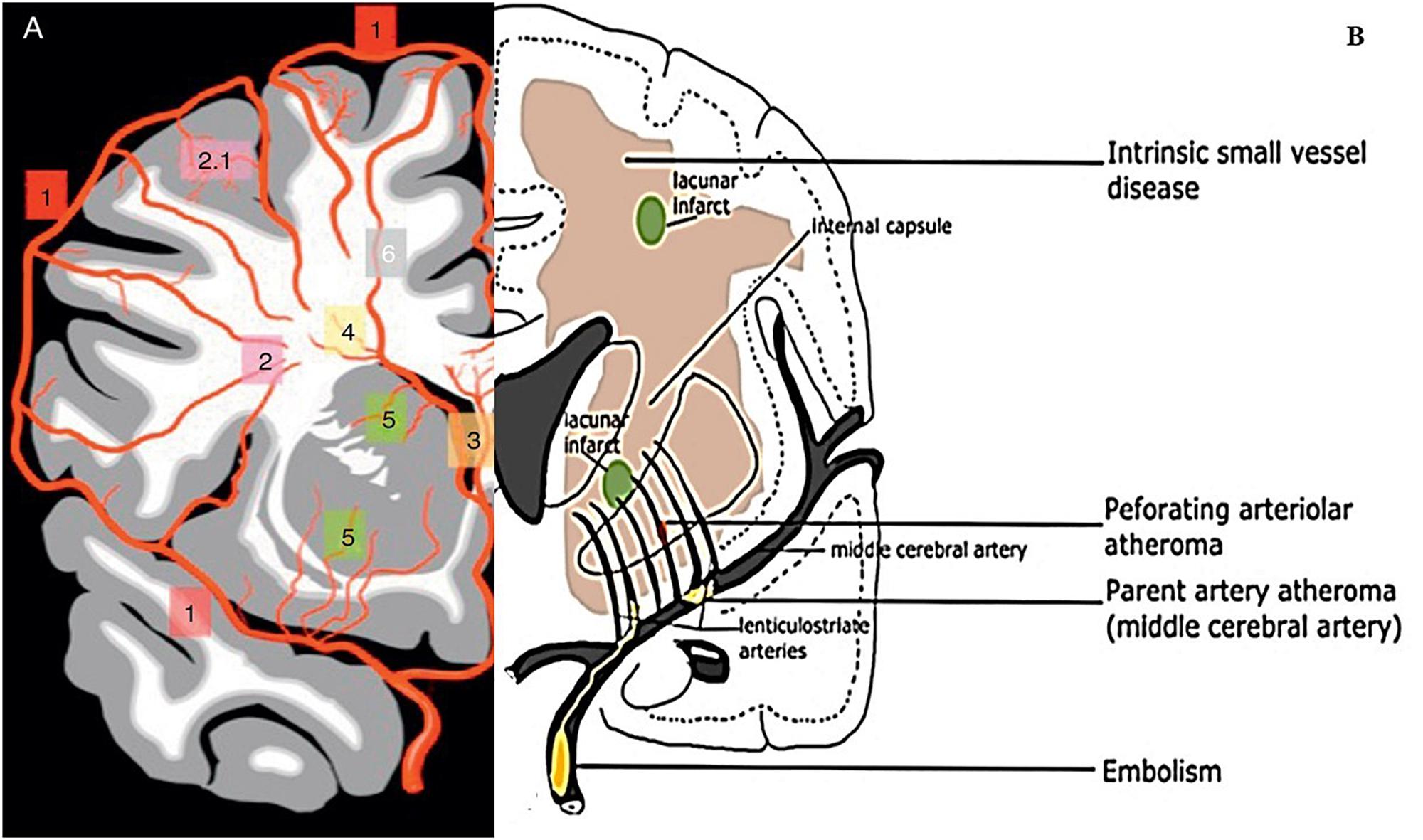
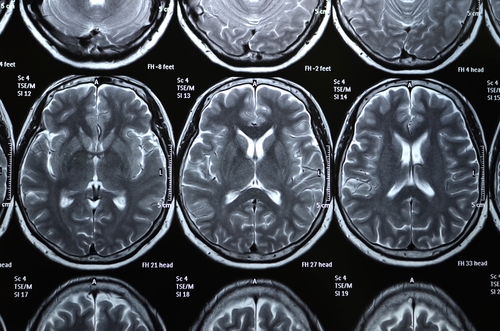






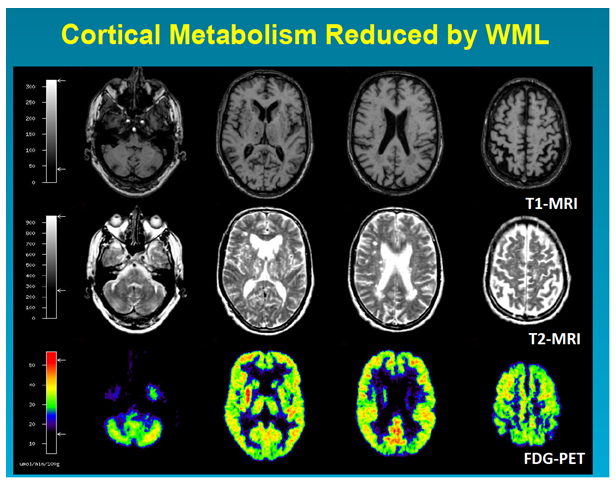

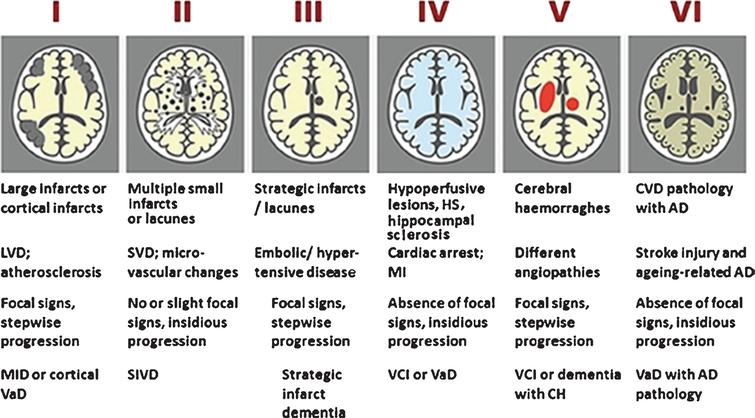


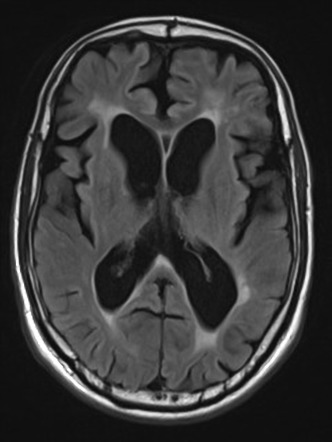

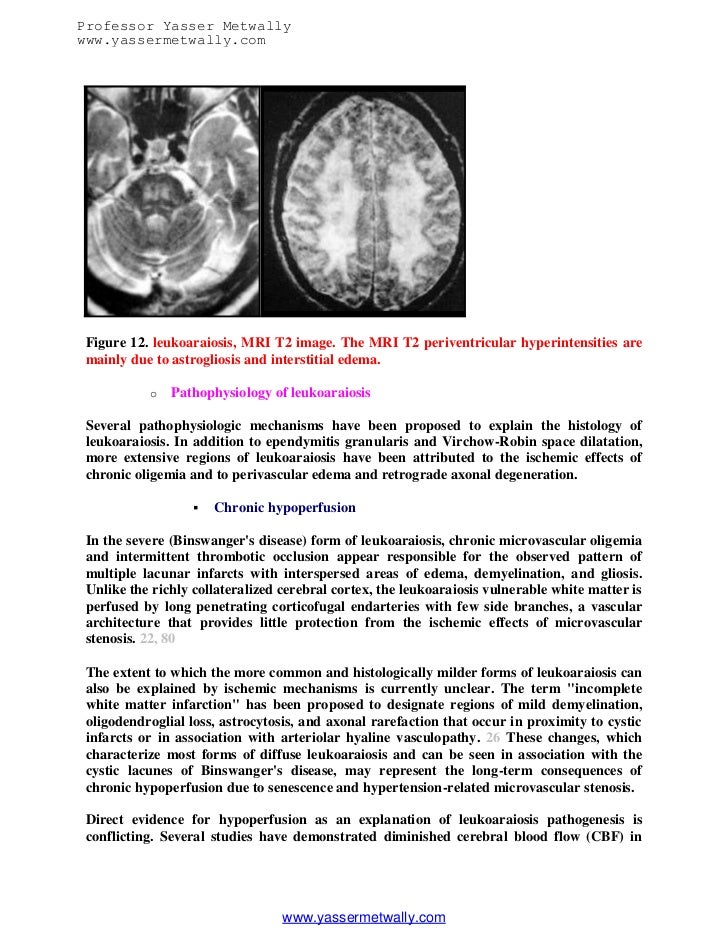
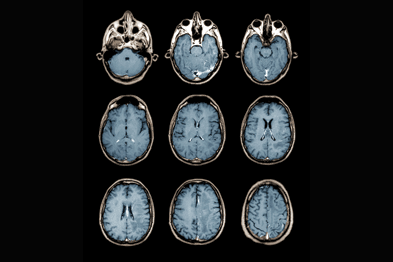


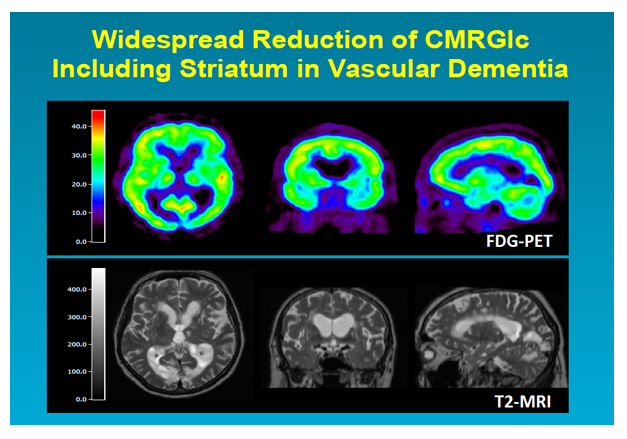



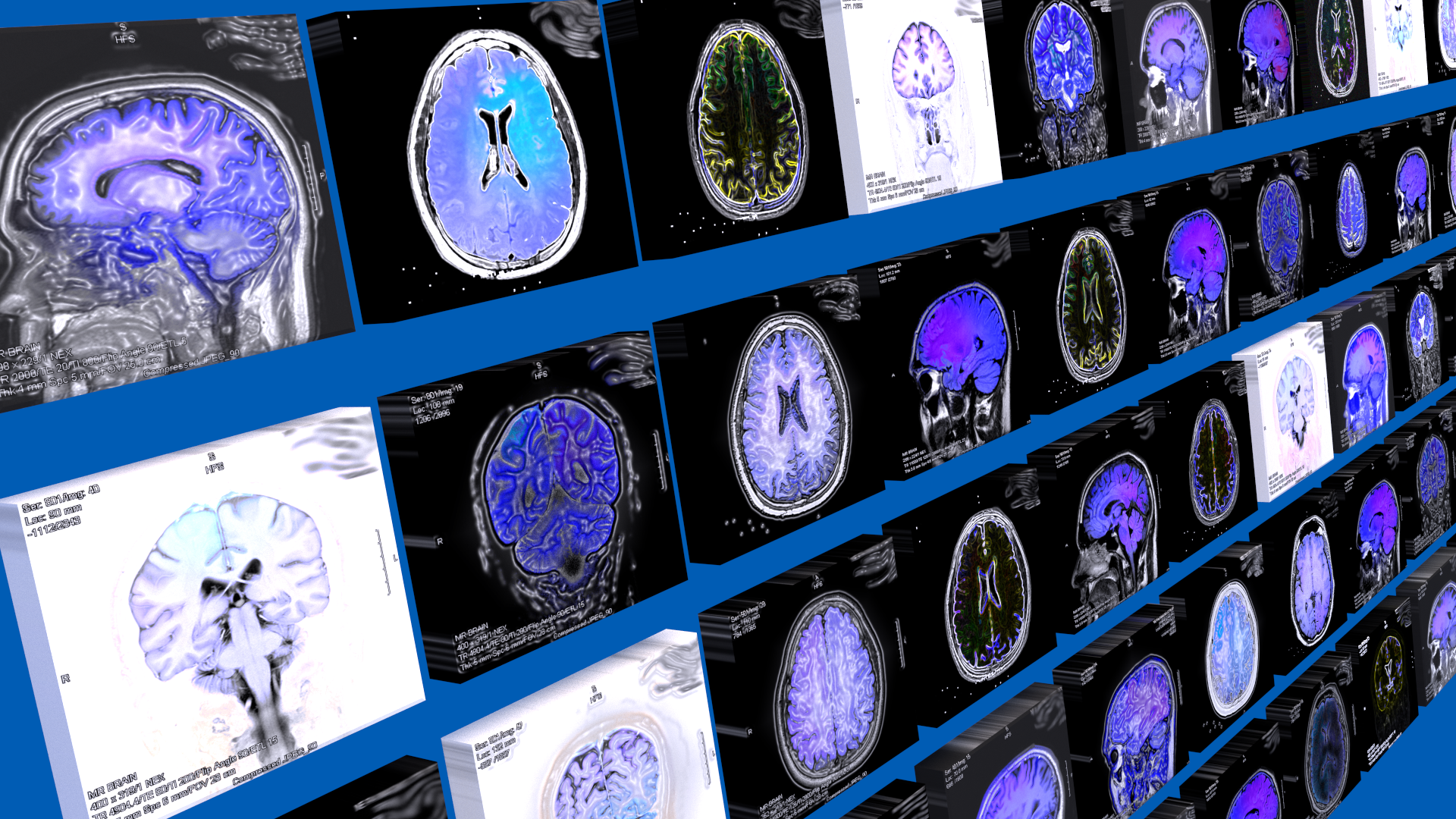
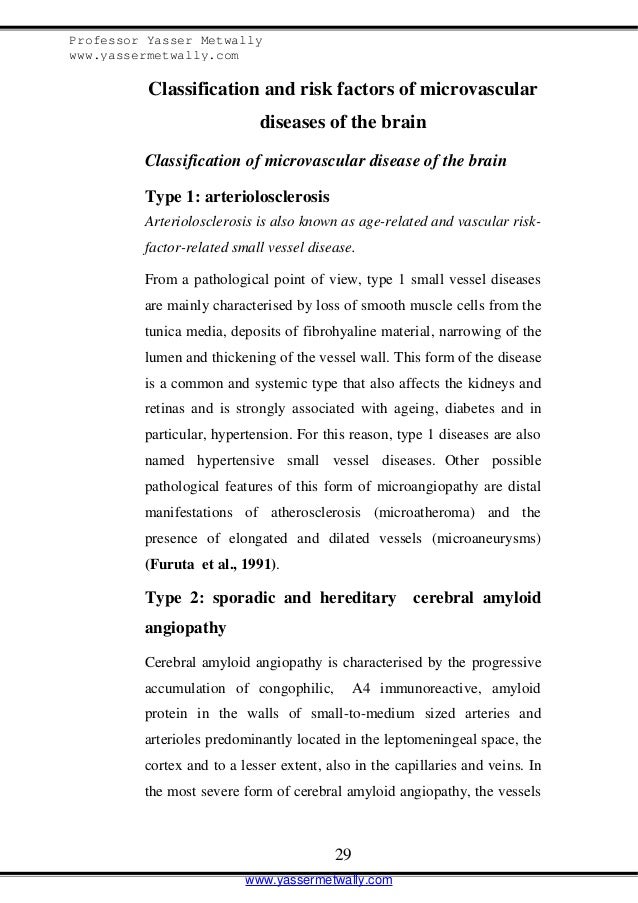

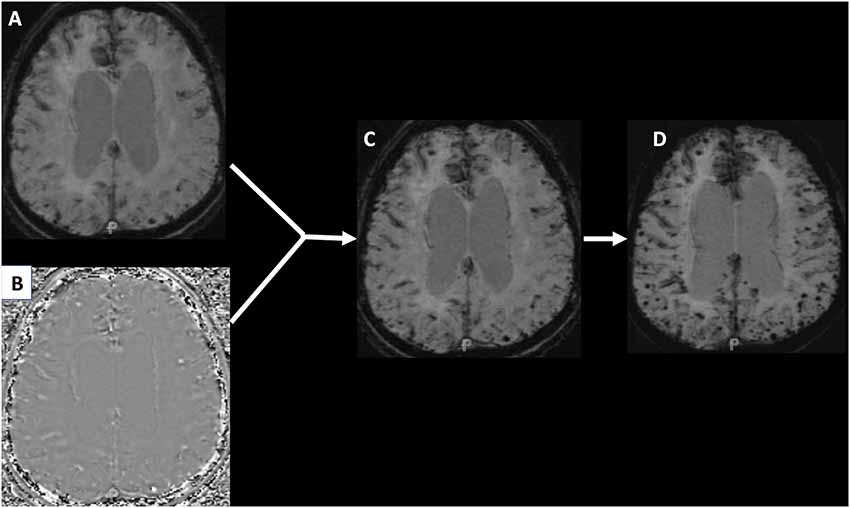

Post a Comment for "Chronic Microvascular Ischemic Disease Brain"